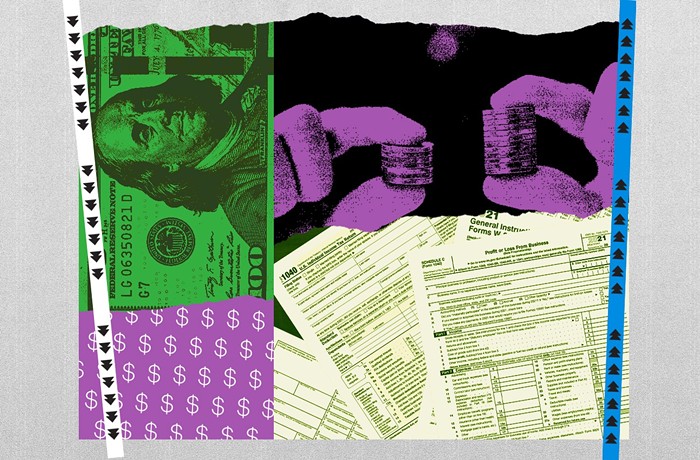The Color of Money
While a close 5 to 4 vote by the Seattle City Council normally provides the right amount of controversy and tension for a political column, the Monday, June 3, showdown--two 4 to 4 deadlocks!--was a godsend.
At issue: the housing levy--the $95 million plan to fund low-income housing. Before the package goes to voters in November, the council must decide how to earmark the money. Two opposing plans were voted on last Monday: Both plans focus primarily on low-income renters, but one earmarks slightly more money for middle-class home-buyers. The difference between the two plans is slight. The "pro-renter" plan, championed by Council President Peter Steinbrueck, dedicates $82.7 million to renters and $39.47 million to the truly poor. The "pro-homeowner" plan, headed up by Richard McIver, earmarks 10 percent of the levy--$9.5 million--for homeownership, but still sets aside $77.6 million for renters and earmarks $38.5 million to the poor. Those are hardly glaring discrepancies, but both sides are acting like the difference is huge. Steinbrueck's office claims McIver's plan expands homeownership by siphoning money away from renters. The McIver camp counters that Steinbrueck's plan dedicates $600,000 less per year to the poor than McIver's plan.
Why is the council bickering over such nit-picky differences? Well, like all divided votes, there's actually a philosophical debate churning below the math: Should the housing levy--a program originally conceived in 1981 to set aside public dollars to help the disabled and elderly--subsidize house purchases for people making 80 percent of the median income ($38,100 a year)?
The answer to that question involves Seattle's favorite issue: race. The mayor's office, which supports McIver's plan to expand the homeownership component, cites the success--in racial terms--of the 1995 levy as a reason to expand home-buyer assistance. "Historically there's a much lower rate of homeownership among families of color," mayoral staffer Michael Mann says. "In the post I-200 world, if we're trying to address social inequity, this is one program that has been successful." Mann says about 70 percent of the '95 homebuyer assistance dollars went to people of color.
Here's the problem with that argument: The housing levy isn't supposed to be about racial benefits. It's officially race-neutral. By selling it to white, liberal Seattleites as a sort of affirmative-action housing program, the mayor and McIver are putting the housing levy at risk. The debate should stick to the levy's intent: Should it help renters or expand further into home-buyer assistance? The color of the people being helped is--or should be--beside the point. This is an issue of class, not race. The housing levy helps low-income Seattle residents regardless of race. Arguing otherwise puts the housing levy at risk of being John Carlson-ed out of existence.


















